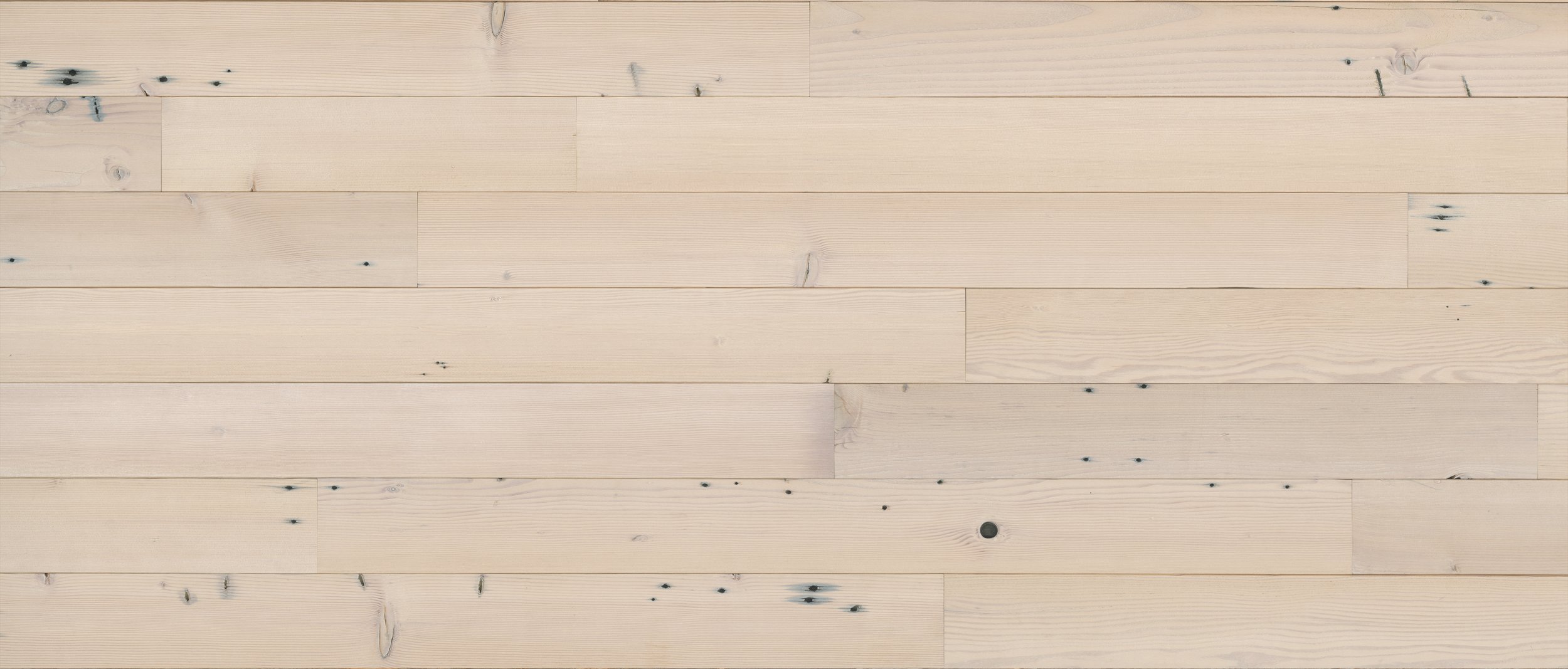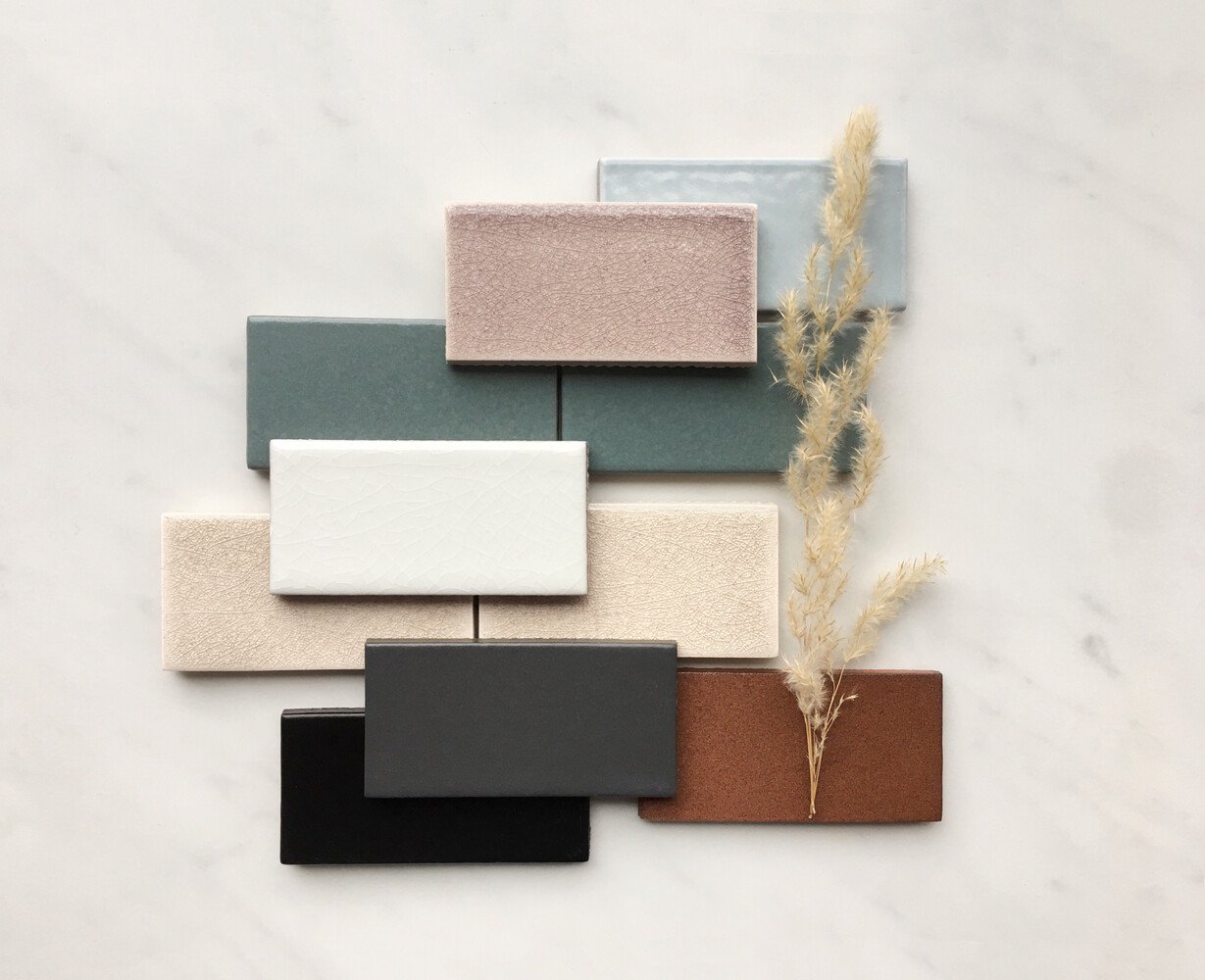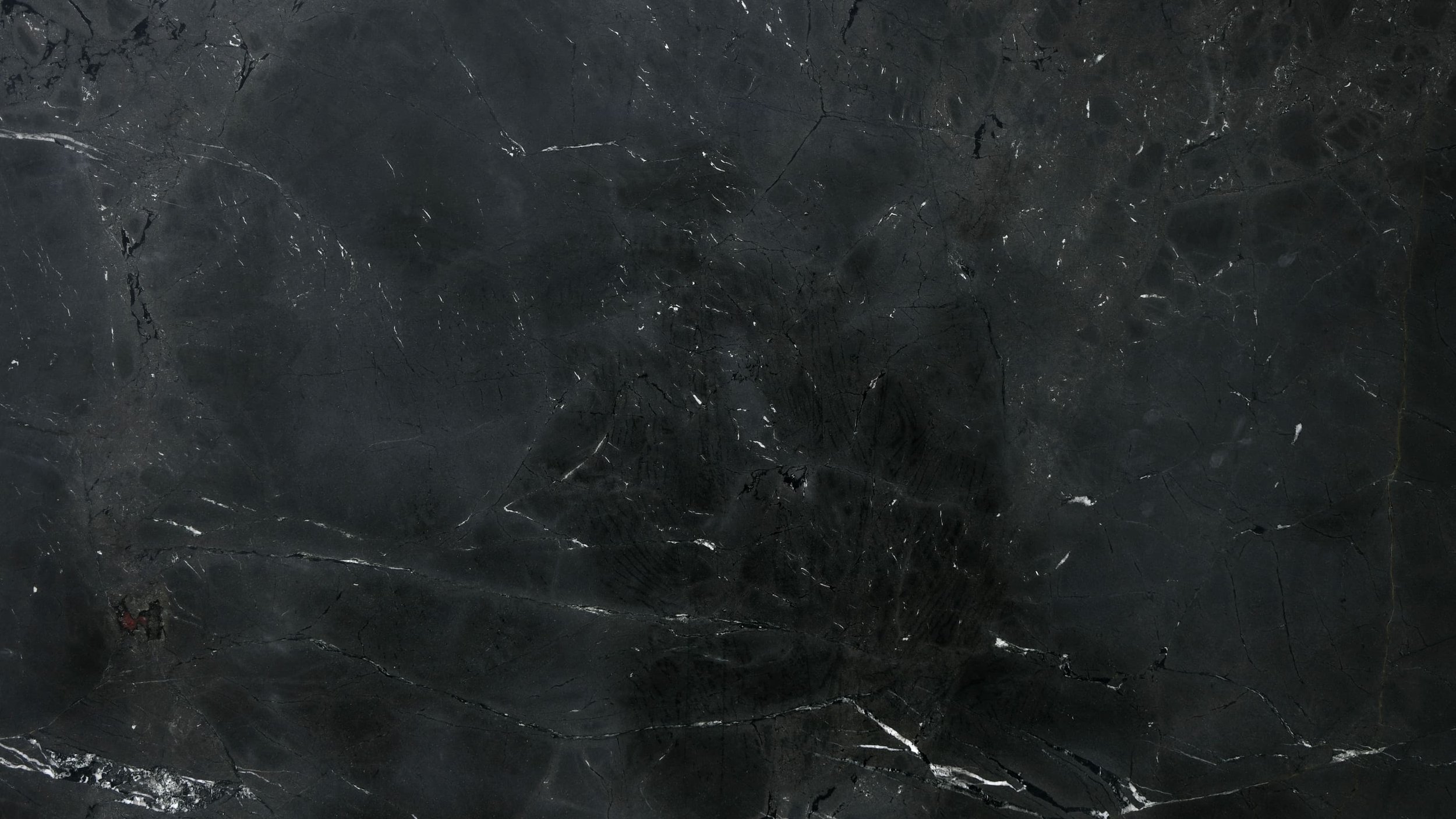
meet the materials
natural plaster
interior wall finish
Clay and lime-based interior plasters are applied by artisans whose trowel strokes forever enhance the character of the space. Modern applications of these traditional materials pair well with a healthy high-performance home. Natural plasters are completely non-toxic, and the raw materials are abundant, non-toxic, and biodegradable. A continuous application creates an airtight and vapor-permeable finish, which prevents air from entering the building assembly while allowing moisture to leave. Both clay and lime naturally absorb and release excess moisture to passively regulate indoor humidity, resist mold and fungal growth, dampen sounds, and moderate temperature swings. Clay is softer and repairable. Lime chemically cures creating a more durable finish.
juniper
exterior siding
Locally sourced Oregon Juniper is a versatile wood that is light weight and durable. Natural oils give this species high resistance to decay, water & insects, without need for additional treatment. Neutral oil-based finishes can be used for added resistance and UV protection to prevent the natural greying process. Our material is salvaged from fire events and we have chosen to finish our siding with a locally produced plant oil-based stain to help maintain the natural light color and characteristic grain.
white fir
interior ceiling
FSC-certified White Fir is a locally harvested, beautifully light-colored wood often used in framing but which we are utilizing as an affordable option to add a natural texture to our ceilings. White Fir is easy to machine, does not have a strong odor, and accepts stains and finishes well. In our case, we have chosen to leave our ceiling unfinished to allow this naturally beautiful wood surface to absorb and release excess moisture to assist in passively regulating indoor humidity levels and maintain balance to the electrostatic climate.
western juniper
landscape planter timbers
Juniper is both a native and invasive species to Eastern Oregon. How can that be? Naturally occurring in high desert climates, its range has been greatly expanded due to wildfire suppression of native grasslands. Now, these water-hungry trees outcompete other native species, damaging fragile ecosystems and upsetting the natural watershed. We are using rough-cut Juniper landscape timbers for the iconic Keets planter to take advantage of this local and sustainable resource and utilize the wood’s exceptional rot resistance and swirling character.
wood fiber
roof & wall insulation
Utilizing an existing waste stream, wood fiber insulation is produced by mixing species-agnostic softwoods with paraffin wax and adhesive to create a rigid board insulation product that is hydrophobic, vapor permeable, and completely safe both for installers and building occupants. Better still, the density of the material makes it sound dampening and fire-resistant. As a plant-based product, wood fiber insulation sequesters carbon and directly replaces carbon-intensive petroleum-based foam insulations commonly used in exterior applications.
WICFs
exterior walls
The keystone to our wall assembly, Wood Insulated Concrete Forms are building blocks of mineralized wood from recycled pallets mixed in a cement slurry. Combined with insulation inserts, these masonry components form a mass-wall system that is non-toxic, vapor permeable, and so durable they can be used above and below grade. WICFs are noncombustible, dimensionally stable, do not support fungal or bacteria growth, will not rot or degrade over time, and are not susceptible to insect or rodent pressure. The mass of the walls also helps with sound attenuation and provides a stable substrate for direct application of natural plaster finishes.
composite rebar
slab tensile reinforcing
In our slab on grade, we opted to use a composite fiberglass-based reinforcing bar instead of steel. This method of tensile reinforcing is lightweight and strong to both tension and compression. Unlike steel, fiberglass is not susceptible to corrosion, which allows us to reduce the thickness of concrete needed to prevent steel rebar from rusting over time. Composite rebar is not thermally or electrically conductive which prevents the unwanted transfer of heat or electric current through the floor system.
foamed glass
sub-slab insulation
To replace the use of petroleum-based sub-slab insulation, the Keets utilize foamed glass aggregate, a product now produced on the West Coast from 99% recycled container glass. This ultra-light yet strong aggregate comes in different sizes depending and unlike gravel forms a continuous layer of insulation below the slab and footings. Like gravel, foamed glass aggregate also serves as our capillary break to prevent the intrusion of ground moisture into the floor or wall assemblies.
ceramic tile
backsplash & bathroom
Our choice for ceramic tile uses material sourced in the U.S. and is produced on the West Coast at a facility that uses renewable electricity and aims to eliminate the use of plastic while reusing 100% of manufacturing material scraps. The finished products have a beautiful handmade variation in both size and tone. Ceramic tile is made with non-toxic raw ingredients and is completely inert. When paired with cementitious grout, this tile assembly forms a healthy and durable finish for our kitchen backsplash and bathroom.
quartzite
natural stone countertops
Quartzite is a naturally occurring metamorphic rock that is distinct but easily confused with Quartz, an engineered product. Quartzite is incredibly hard and resistant to scratches, heat, staining, or chipping. Its inherent durability combined with unique character and beauty make natural stone slabs a great choice for countertops and other solid surfaces. We are choosing to leave our Quartzite countertops unsealed to avoid the toxic and often undisclosed ingredients common in stone sealers. A honed finish will help reduce the appearance of any minor stains or scratches.
bronze
interior hardware
For interior implements, sand-casted bronze epitomizes the melding of durability and aesthetics. Bronze is strong, will not rust or corrode, and develops a characteristic living patina heightened by time and use. It is upcyclable and produced from post-consumer recycled material. The high copper content gives bronze natural antimicrobial properties, which can help reduce the growth of bacteria and germs on surfaces.
windows
high-performance glazing
Windows are both a critical component to interior living spaces and the weakest point in the building enclosure. Triple-glazed European windows offer improved energy efficiency, enhanced sound insulation, reduced risk of condensation on the interior surface, and increased security. Our operable windows are tilt-turn units that open to the interior and include a tilt function to allow for natural ventilation even during light rains. When air sealed with permeable high-performance tapes, these units offer superior thermal comfort and long-lasting durability.















